Opening date 2018 (Expected) Impounds Vakhsh River Construction began 1976 | Status Under construction Construction cost US$2–5billion Surface area 110.7 km² Impound Vakhsh River | |
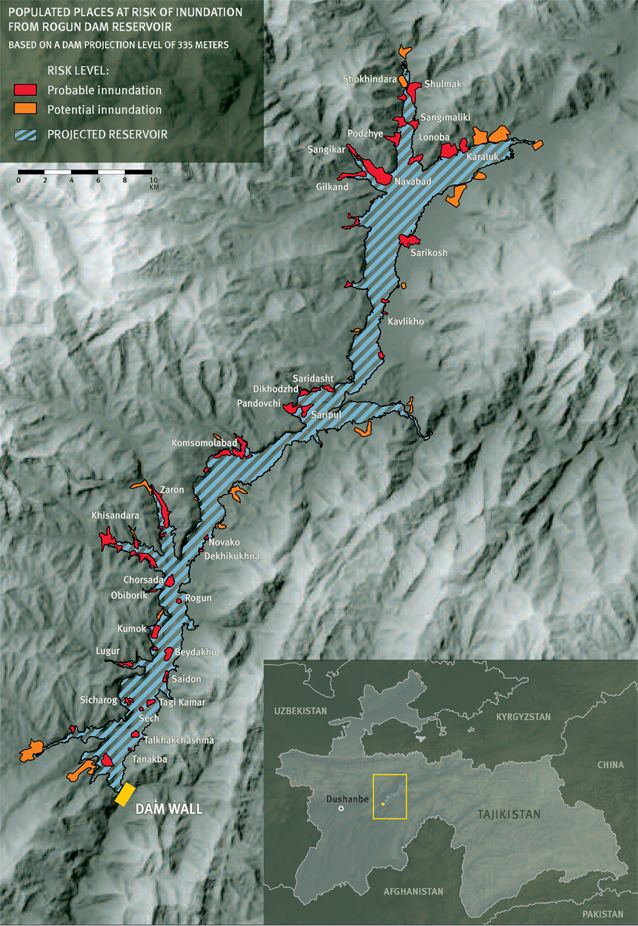 | ||
Similar Nurek Dam, Sangtuda 1 Hydroelectric Power Pl, Sarez Lake, Sangtuda 2 Hydroelectric Power Pl, Enguri Dam | ||
Rogun Dam is an embankment dam under construction on the Vakhsh River in southern Tajikistan. It is one of the planned hydroelectric power plants of Vakhsh Cascade. Over three decades only preliminary construction has been carried out on the dam. Due to its controversial state, construction was suspended in August 2012 pending World Bank reports, but has since then resumed. The dam has drawn complaints from neighbor Uzbekistan, which fears it will negatively impact its lucrative cotton crops. The dispute over the project has contributed significantly to bitter relations between the two former Soviet republics.
Contents

The rogun dam project
History

The Rogun Dam was first proposed in 1959 and a technical scheme was developed by 1965. Construction began in 1976, however the project was frozen after the collapse of the Soviet Union. An agreement on finishing the construction was signed between Tajikistan and Russia in 1994; however, as the agreement was not implemented, it was denounced by Tajikistan parliament. In October 2004, an agreement was signed with RUSAL according to which RUSAL agreed to complete the Rogun facility, to build a new aluminum plant and to rebuild the Tursunzade Aluminum Smelter. In February 2007, a new partnership between Russia and Tajikistan to complete the dam was announced but later was refused by Russia because of disagreements concerning the controlling stake in the project. In May 2008, Tajikistan announced that construction on the dam had resumed. By December 2010, one of the river diversion tunnels was renovated and rebuilt and the second expected to commence in June or July 2011. Construction on the dam was suspended in August 2012 pending the World Bank assessment.
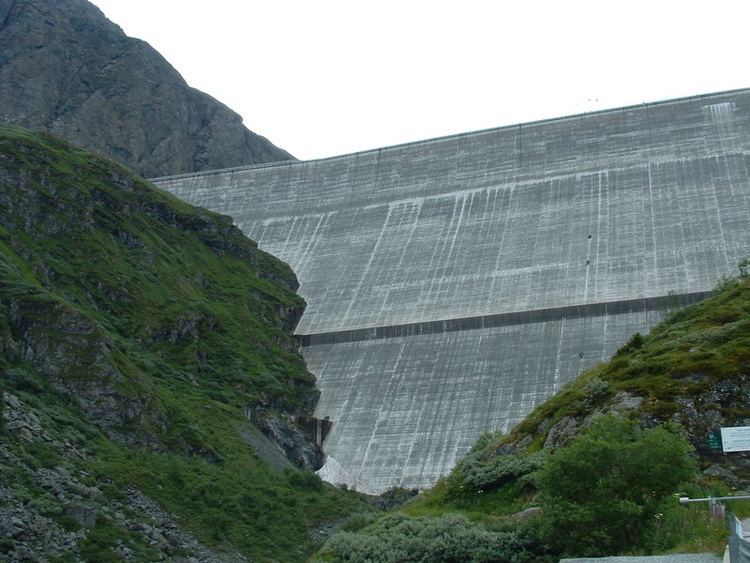
In 2010, Tajikistan launched an IPO to raise US$1.4billion to finish construction of the dam. By April 26 of that year the Tajik government had raised just US$184 million, enough for two years of construction.
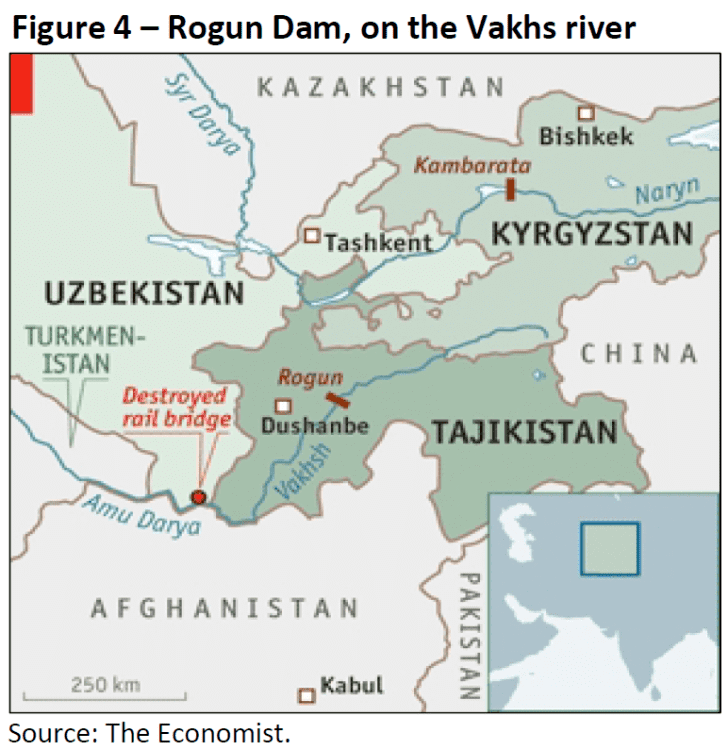
On July 1, 2016 the state commission in charge of the project has picked the Italian company Salini Impregilo to carry out the construction for $3.9 billion. The project is broken down into four components, with the most expensive one involving the building of a 335-meter-high rockfill dam which will entail costs of around $1.95 billion.
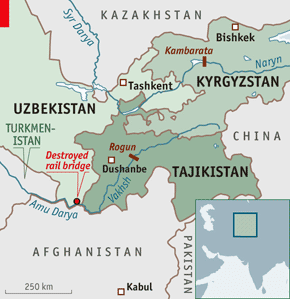
On October 29, 2016 Tajik president Emomali Rahmon officially launched the construction of the dam. At the ceremony, the river's flow was ceremonially closed and diverted through the reconstructed diversion tunnels. The construction of the dam is expected to take two years, with the first turbines coming online in late 2018.
Technical description
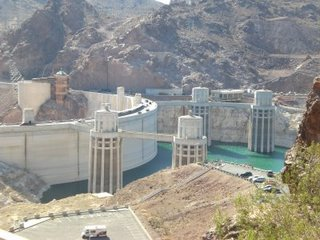
Rogun was listed as the highest dam in the world — 335 metres (1,099 ft) high — but this is a projected height. In reality the dam was only circa 60.96 metres (200.0 ft) high until 1993 when it was destroyed in a flood. As of 2014 three projects are under consideration: the original, 335-metre (1,099 ft), and two alternatives, 300-metre (980 ft) and 265-metre (869 ft), all having their advantages and drawbacks.
The hydroelectric power plant is expected to have six turbines with total capacity of 3,600MW. When constructed, it expected to produce 17.1TWh of electrical power per year.
Impact assessment
In response to the request of the bordering countries and especially Uzbekistan, the World Bank has financed the Techno-Economic Assessment Study (TEAS) conducted by consortium of Coyne et Bellier, Electroconsult and IPA Energy + Water Economics, and Environmental and Social Impact Assessment (ESIA) conducted by Pöyry. The reports, originally slated to be released in February 2012, were delayed until mid-2014. The ESIA was published on 16 June 2014 and the TEAS in July 2014. Overall, the ESIA stated that "Most impacts are rather small and easily mitigated, if mitigation is required at all." and that "There is no impact of the category "strong negative, mitigation not possible", which would have to be considered as a no-go for the project." All parties, including Central Asian states met in Almaty in July 2014 for the 5th Riparian Meeting to discuss findings within the TEAS and ESIA.
International tensions
The project has raised tensions with Uzbekistan over the impact of the dam on its cotton fields' irrigation systems. In February 2010, Uzbek Prime Minister Shavkat Mirziyoyev sent a letter to his Tajik counterpart demanding an independent examination of the possible consequences of the dam. During October 2010, Uzbek President Islam Karimov called the Rogun hydropower plants a "stupid project."
